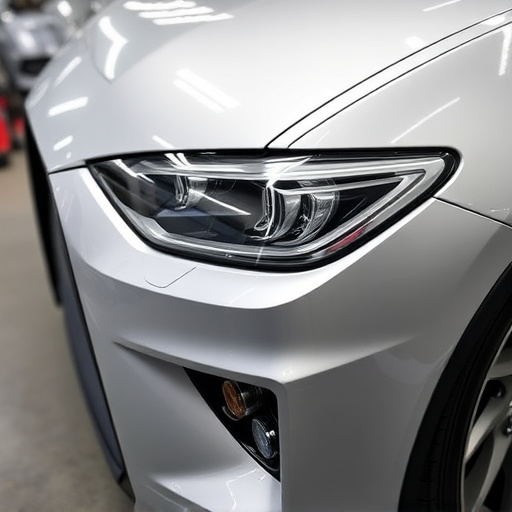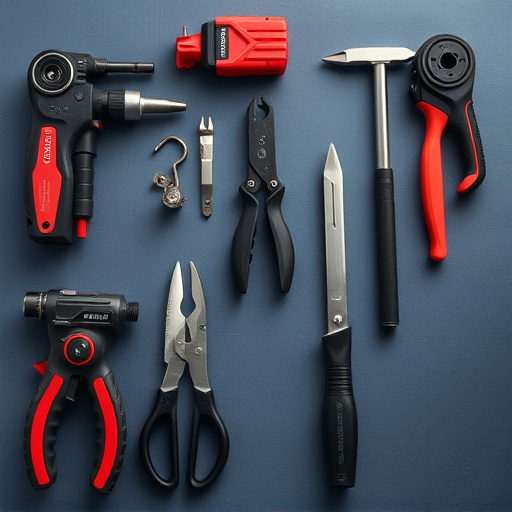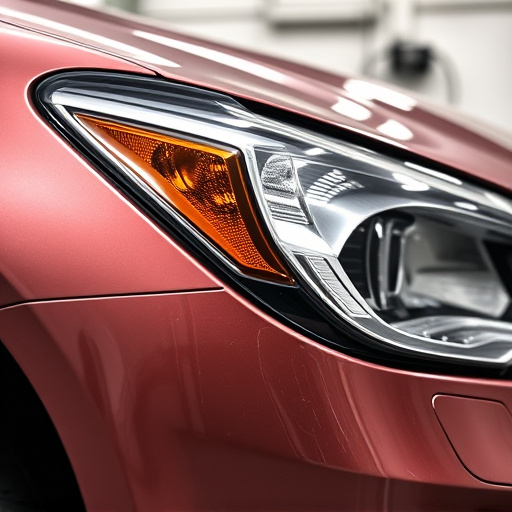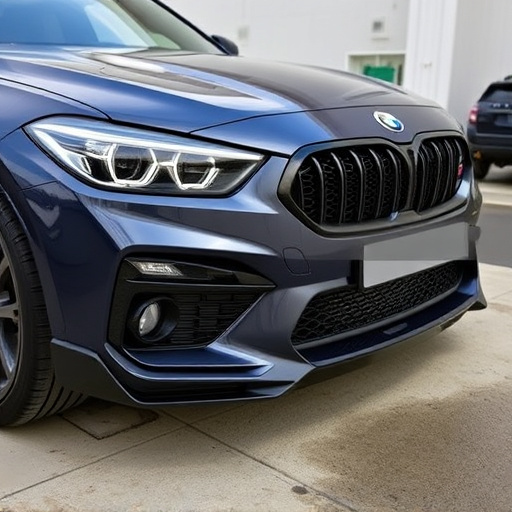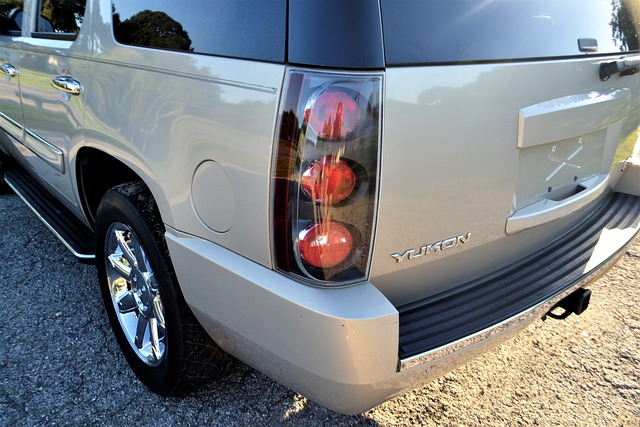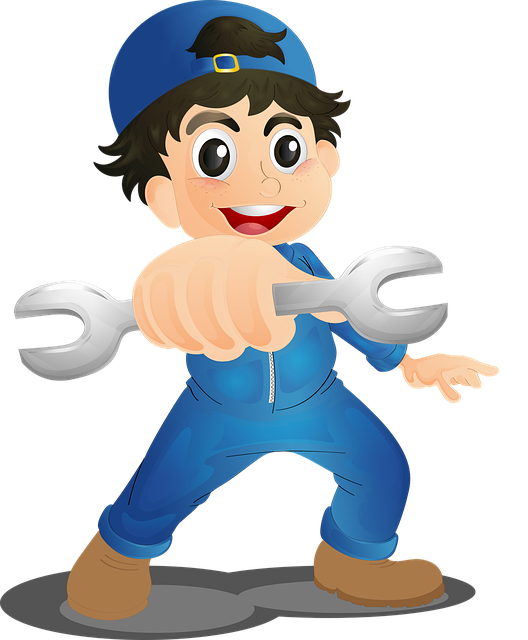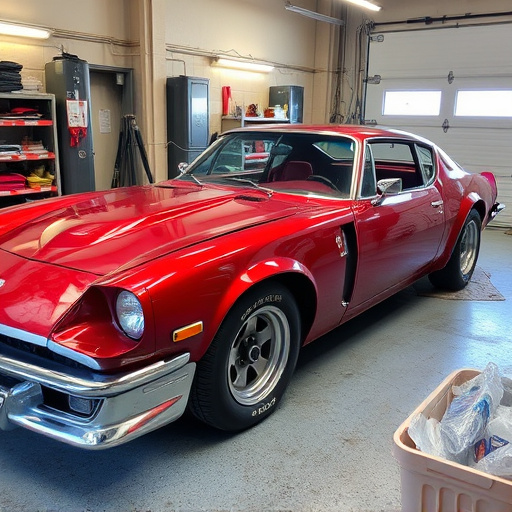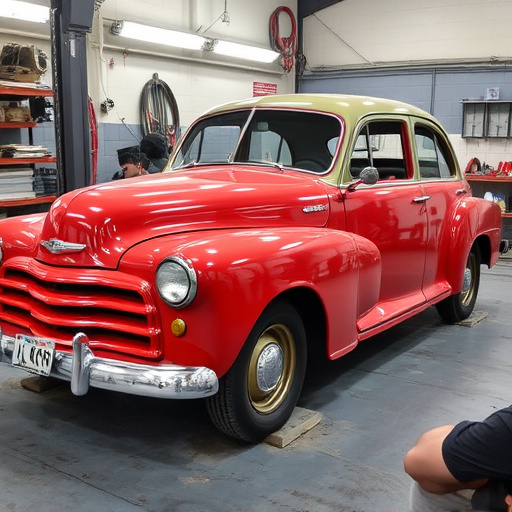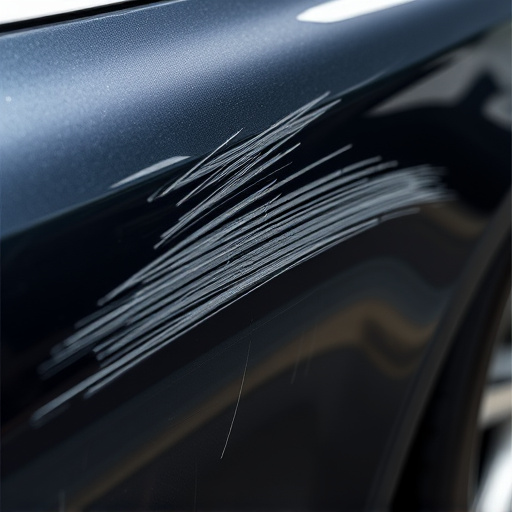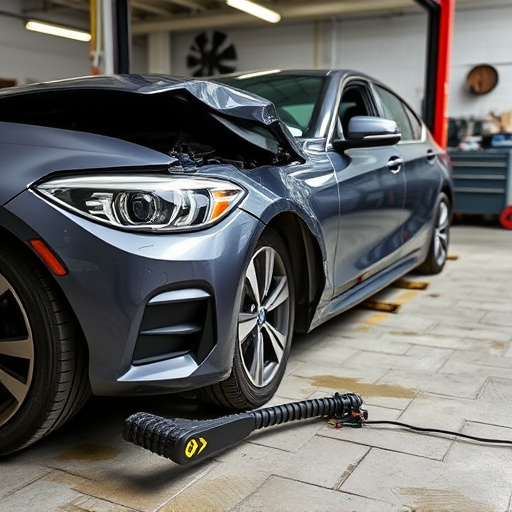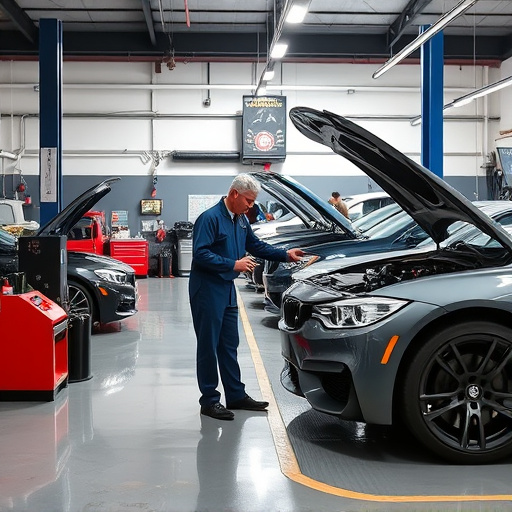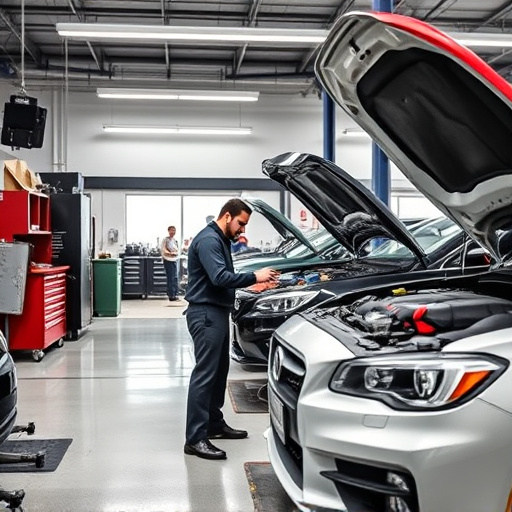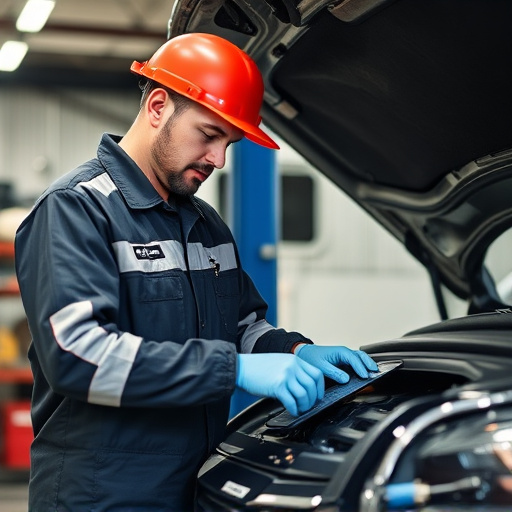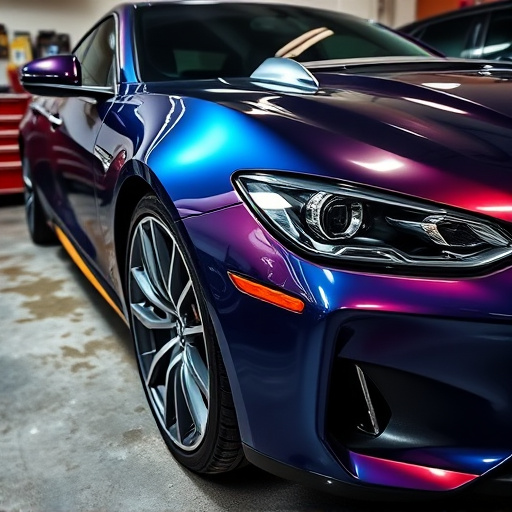Wheel arch replacement streamlines car repair with efficient, precision-engineered new panels using modern materials that are lighter and stronger. This technology cuts labor time by up to 30%, enhances operational efficiency, reduces vehicle weight and emissions, and increases customer satisfaction for auto body shops.
Wheel arch replacement is a game-changer in automotive repair, offering significant benefits in both efficiency and aesthetics. This article delves into the process, exploring how modern materials and advanced techniques streamline repairs, reducing time frames dramatically. We analyze the impact on autoshops, highlighting time savings through efficient processes. By understanding these advancements, mechanics and business owners alike can appreciate the enhanced capabilities of wheel arch replacement, revolutionizing the way we approach car repairs.
- Understanding Wheel Arch Replacement Process
- Benefits of Modern Materials in Arch Repair
- Streamlining Autoshop Workflow: Time Savings Analysis
Understanding Wheel Arch Replacement Process
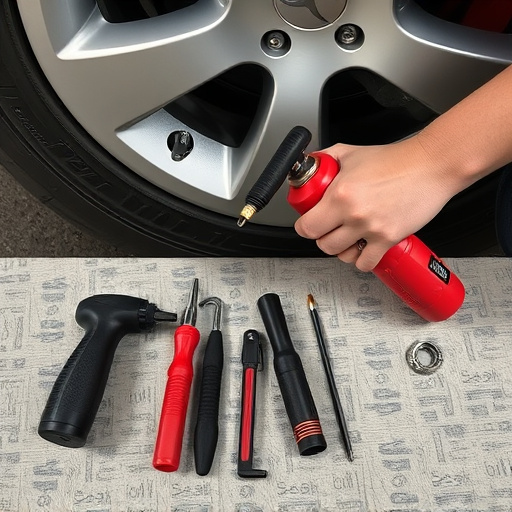
The wheel arch replacement process involves the careful removal and replacement of a damaged or deteriorated wheel arch panel. This is often necessary due to accidents, corrosion, or wear and tear. The first step in this procedure is to assess the extent of damage. Skilled technicians use specialized tools to inspect the wheel arch, identifying any cracks, holes, or structural weaknesses. Once the damage is accurately determined, the affected area is meticulously prepared for replacement.
This preparation includes removing any loose debris and ensuring the surface is clean and free from contaminants. The old wheel arch panel is then carefully taken out, and a new, precision-engineered panel is fitted in its place. This new panel is designed to match the original specifications, ensuring a seamless fit and finish. The process requires advanced body shop services and often involves intricate work, but it significantly reduces repair time frames compared to traditional methods for fixing wheel arch damage at collision repair centers or auto collision centers.
Benefits of Modern Materials in Arch Repair
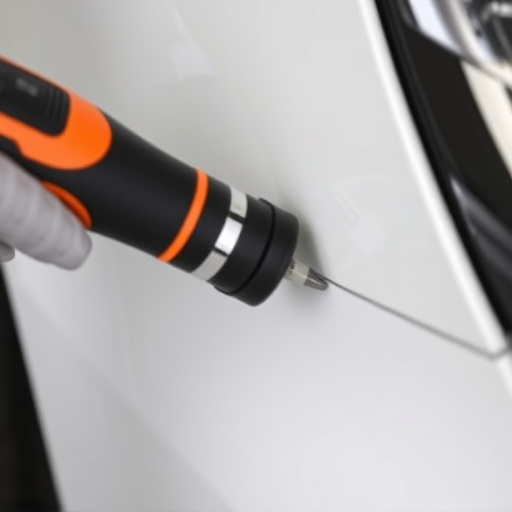
The introduction of modern materials in wheel arch replacement has revolutionized car repair processes. These advanced composites and metals offer significant advantages over traditional parts, leading to faster and more efficient repairs. One key benefit is their lightweight nature; modern materials are often lighter alternatives, allowing for quicker assembly and reduced overall vehicle weight. This not only speeds up the wheel arch replacement process but also has a positive environmental impact by lowering fuel consumption and emissions.
Furthermore, these innovative materials provide superior durability and corrosion resistance. They can withstand extreme conditions, including harsh weather and road debris impacts, without compromising structural integrity. This longevity translates into less frequent repairs and reduced costs for both vehicle owners and body shop services. As a result, modern materials are not just an upgrade but a necessary step forward in the industry, ensuring faster car dent repair and enhanced overall vehicle performance.
Streamlining Autoshop Workflow: Time Savings Analysis
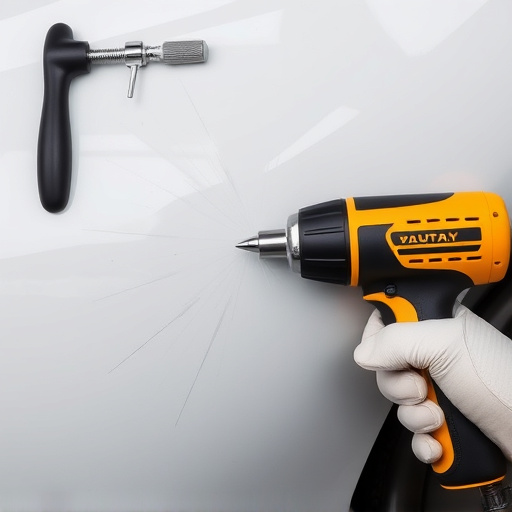
The implementation of wheel arch replacement can significantly streamline workflows at autoshop facilities, resulting in substantial time savings for both employees and customers alike. This efficient process allows auto repair shops to reduce the amount of time spent on intricate, labor-intensive tasks associated with traditional vehicle restoration methods. By adopting this innovative approach, vehicle body shops can enhance their operational efficiency, thereby ensuring faster turnaround times without compromising quality.
A thorough analysis reveals that wheel arch replacement can cut down repair time frames by up to 30%, depending on the extent of damage and specific shop capabilities. This analysis underscores the potential for auto repair shops to optimize their operations, improve customer satisfaction, and maintain competitive edge in the market. In essence, embracing this modern solution is a strategic move that benefits both the business and its clients in the realm of vehicle restoration.
Wheel arch replacement, facilitated by modern materials and streamlined workshop workflows, significantly reduces repair time frames. By understanding the process, leveraging advanced materials, and optimizing shop operations, automotive professionals can enhance efficiency and customer satisfaction. This innovative approach to wheel arch repair is a game-changer in the industry, ensuring faster turnaround times without compromising quality.
